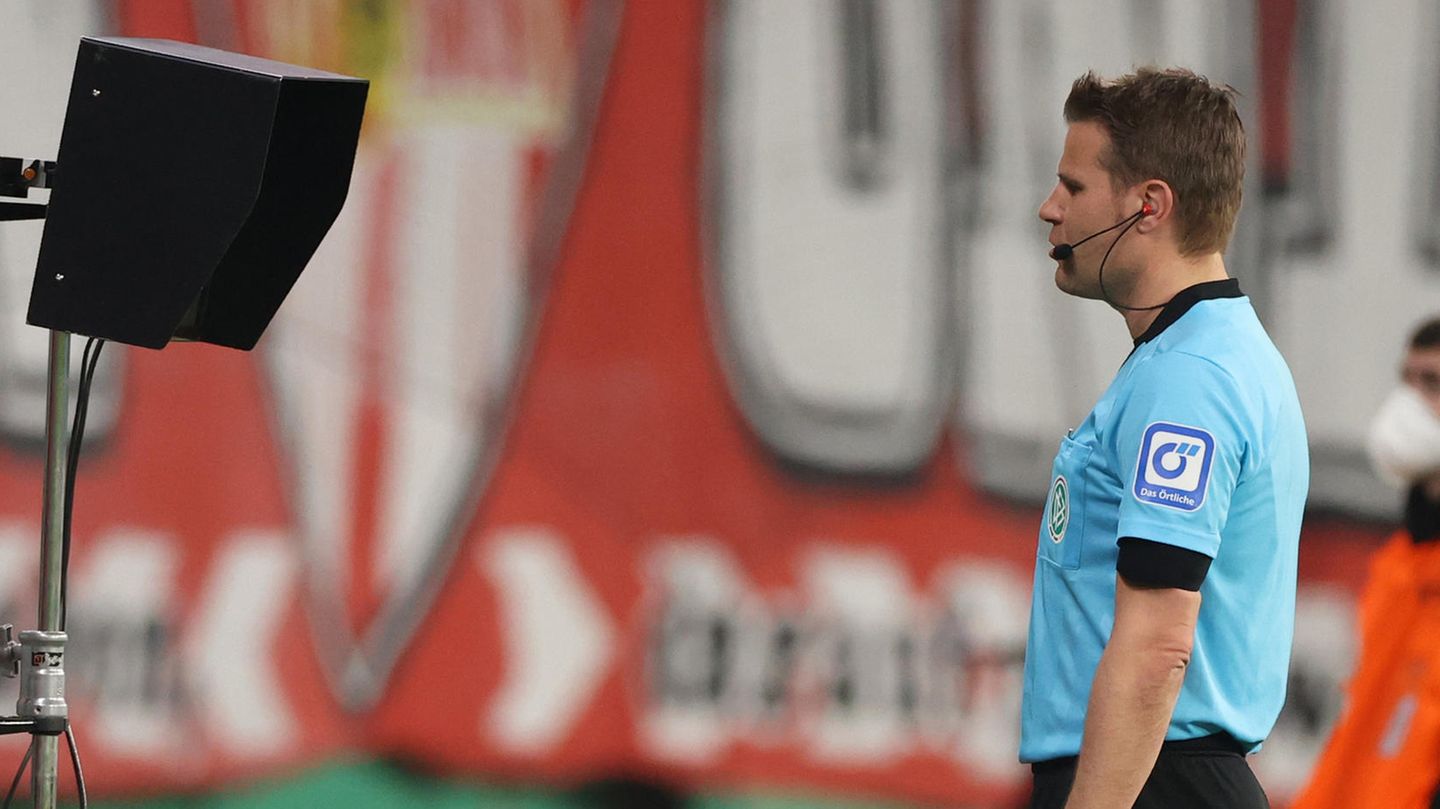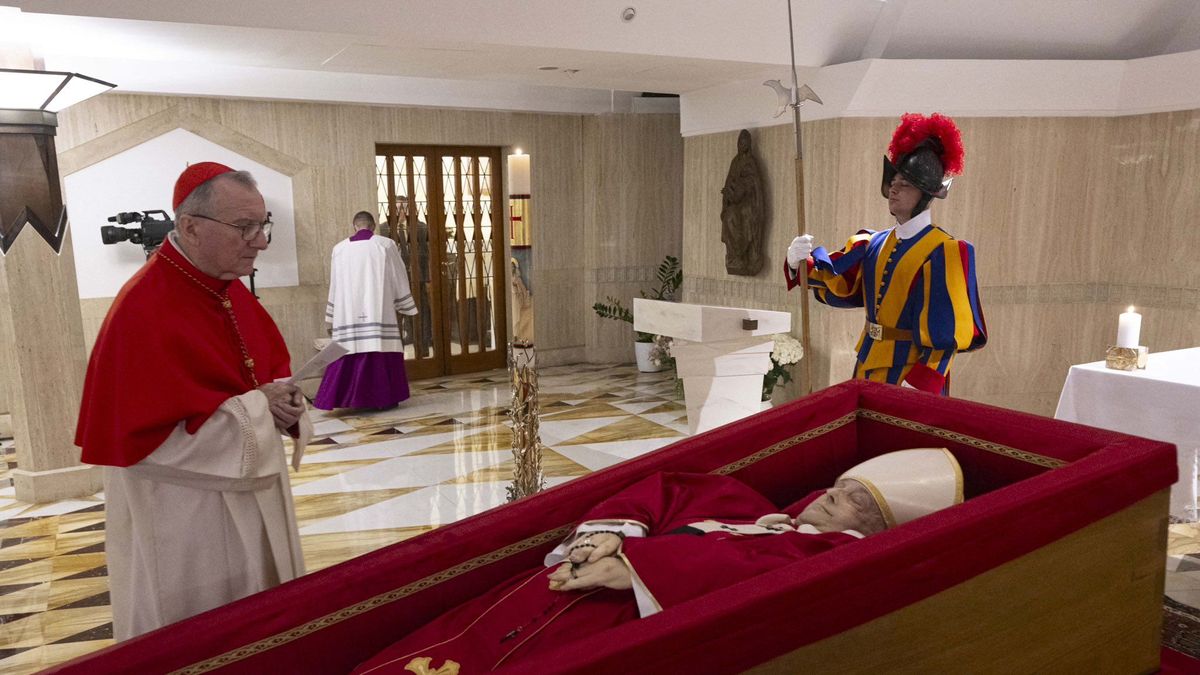What would football be without video evidence? In any case, there wouldn’t be much more to discuss. But perhaps the opposite would also be the case. The fact is that the VAR is viewed particularly critically even after five years.
The national players Kevin Trapp and Timo Werner complained, the fans once again declared the introduction a failure: the video evidence experienced difficult days in the Bundesliga just for its fifth birthday and is once again being massively criticized. After numerous controversial decisions, the main question is: How can the technical aid be improved in such a way that general acceptance increases and the endless discussion becomes less?
DFB head of video evidence Jochen Drees sees massive image problems for the “Kölner Keller”. “It is still a difficult topic for many because it is very burdened in public perception. I often have the impression that the negative decisions are emphasized more often than the many positive ones,” said Drees of the German Press Agency. His credo is: The right decision is more important than a quick continuation of the game.
Flaws in terms of transparency, speed and traceability
But weighing it up is not that easy, because: the video evidence per se does not guarantee a correct decision, and even after five years it is still being criticized for its flaws in terms of transparency, speed and traceability. Two scenes made this particularly clear on the third day of the Bundesliga match: A possible penalty scene by Timo Werner, which was not corrected despite the video images being available. And a potential offside goal by 1. FC Köln, which was not disallowed after a long review.
Werner and Trapp, who were specifically affected in both cases, were beside themselves. “In the game I already thought it was a penalty because I felt the contact very clearly. It’s difficult to explain,” said Werner, adding: “If you see the pictures, the referee doesn’t need to go outside. ” The DFB, on the other hand, defended the decision when Unions Christopher Trimmel hit Werner on the calf and pushed up. “I’m not saying that it’s definitely not a penalty. There are parts to it that speak for a penalty.” But there are also parts that speak against it, said Drees.
Everything came together in the 1-1 equalizer between Frankfurt and Cologne on Sunday: an almost endless review and then the wrong decision from the point of view of those affected by Eintracht. “Every weekend we have discussions about these damn offside goals. I’m sorry for my choice of words, but it’s just crazy!” Trapp raged. Specifically, it was about whether a player standing offside had blocked Trapp’s view. There had been similar debates recently during the Cologne vs. Schalke game.
Despite VAR there is still room for maneuver
The offside problem illustrates the difficulties that the Video Assistant Referee (VAR) has to contend with. In the case of clear decisions such as “offside or not”, “ball out of bounds or not” or “foul in the penalty area or outside it”, Drees already rates the video evidence as “strong”. The question of whether contact is enough for a penalty or which intervention from an offside position is decisive for the game will always remain a bit of an interpretation – and certainly cannot ensure the desired and often demanded 100 percent justice in every individual case.
On Sunday, Drees described in the Sport1 “double pass” how interpretation scenes are discussed afterwards with those responsible for the Bundesliga in order to further improve the VAR. “Not everything is going well. We are always adjusting what we can do better and where we can do better,” said Drees.
In addition to the quality and duration of the decisions, there is another point that is important for the fans, most of whom are opponents: transparency. The fan representatives welcome the idea of making video reviews of controversial decisions in the stadium more visible. “Anything that creates more information and transparency is good,” said Helen Breit from the fan organization Our Curve.
Source: Stern
I have been working in the news industry for over 6 years, first as a reporter and now as an editor. I have covered politics extensively, and my work has appeared in major newspapers and online news outlets around the world. In addition to my writing, I also contribute regularly to 24 Hours World.




